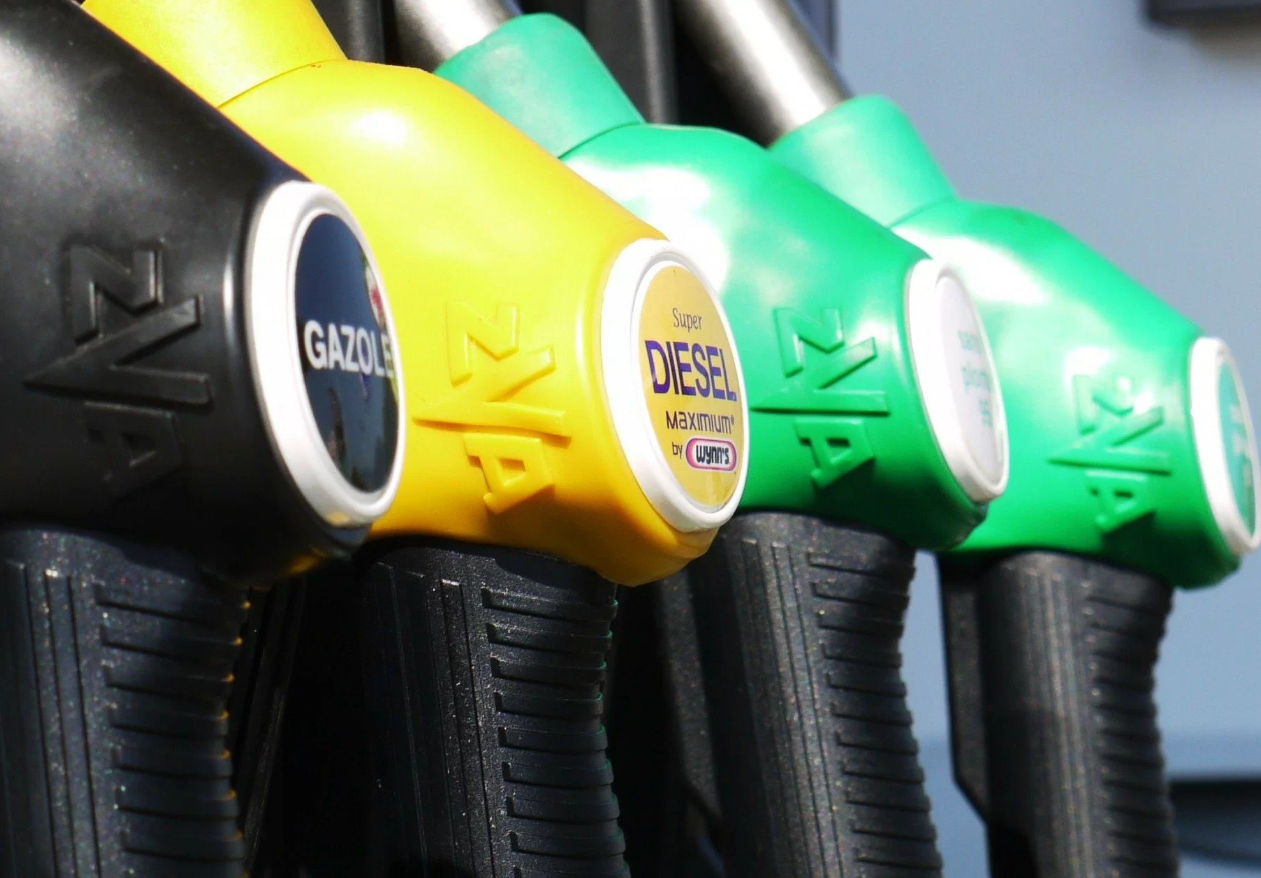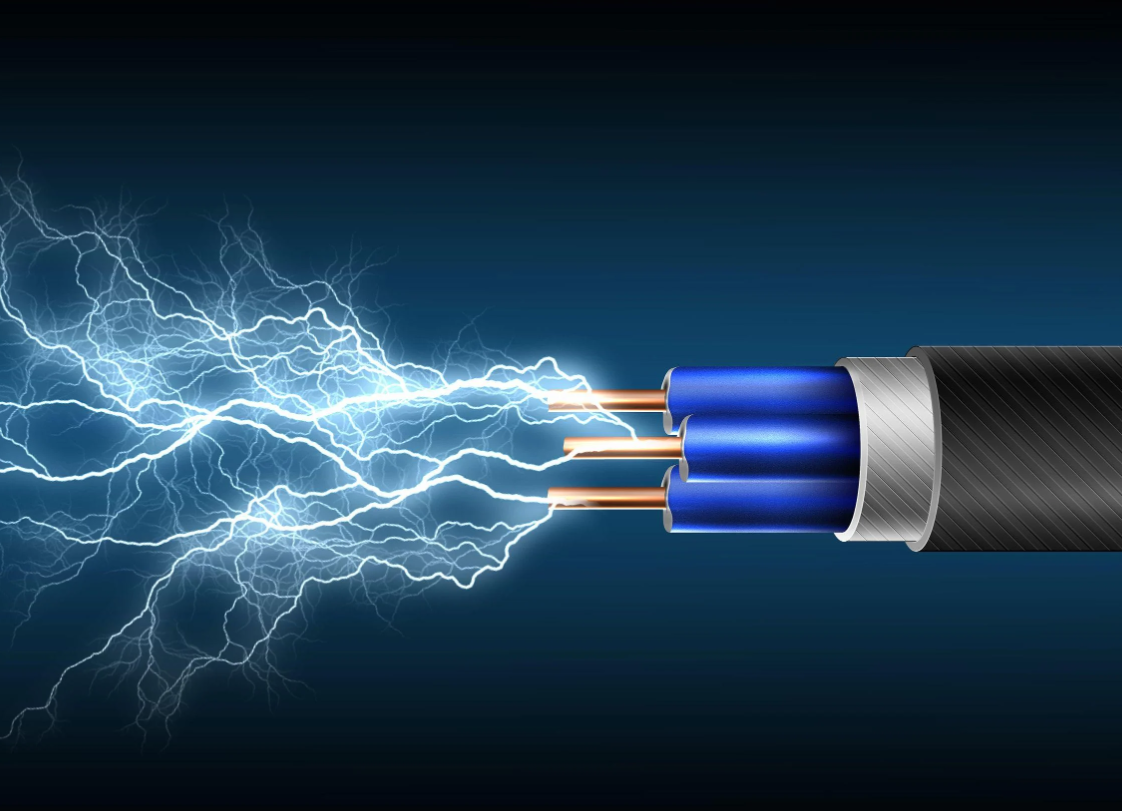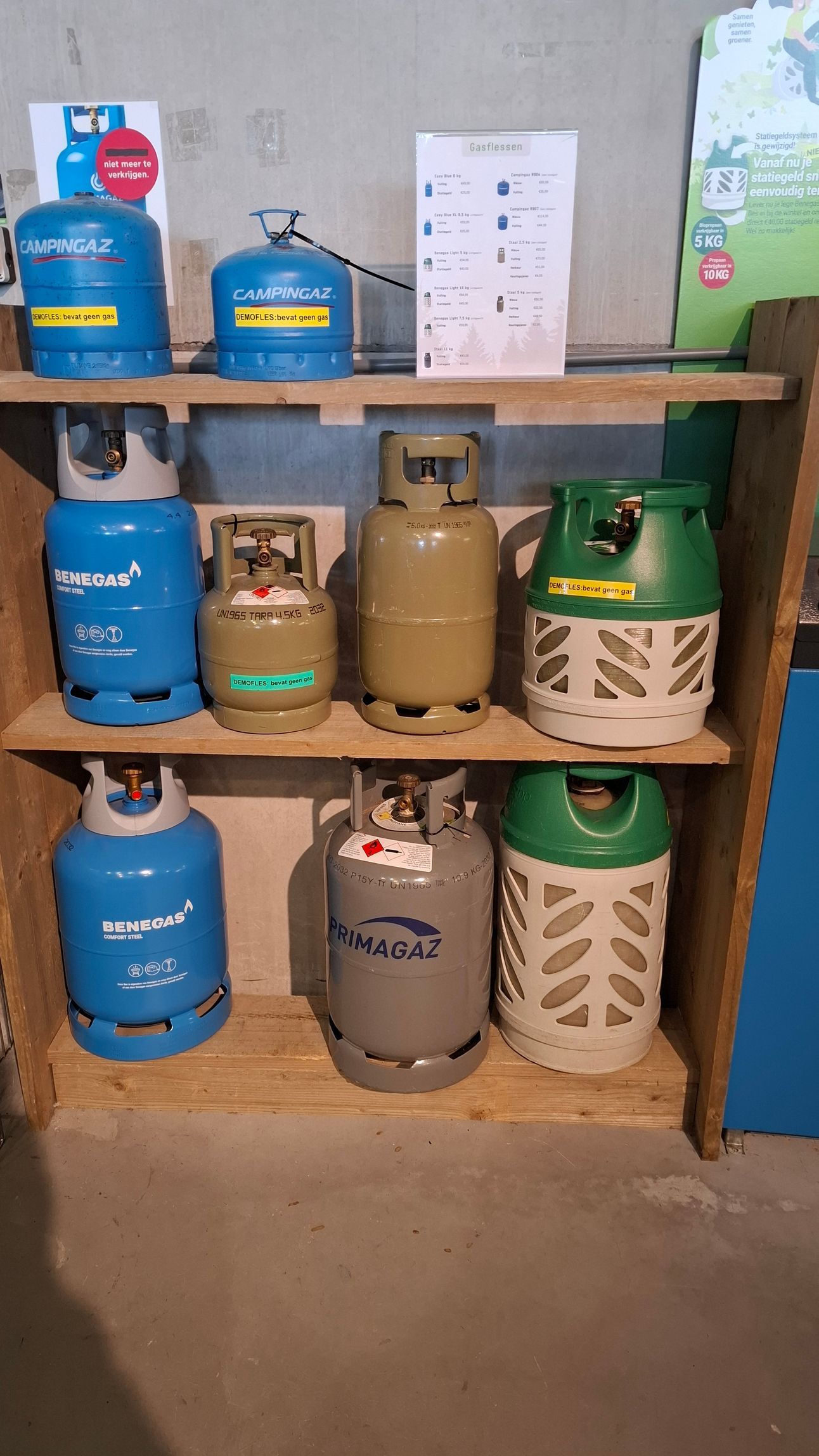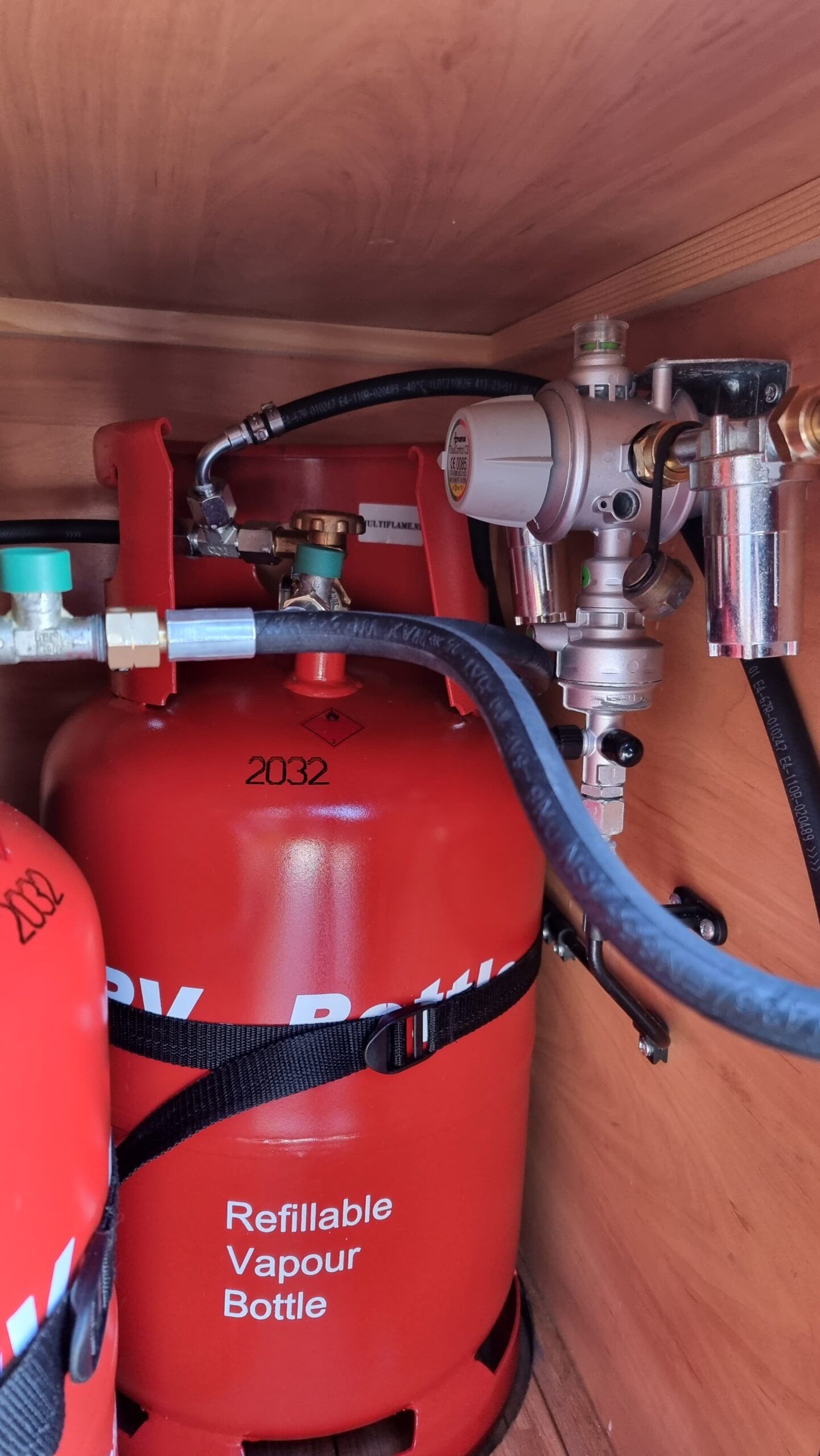Fuel
On this page I discuss the different fuels used in a camper.
Diesel
Diesel fuel plays a central role in motorhomes, especially since the vast majority of motorhomes run on diesel. This is due to the combination of power, torque and efficiency that diesel engines offer – ideal for the heavier weight of a motorhome.


AdBlue
AdBlue is a fluid used in modern diesel vehicles to reduce emissions of harmful substances, particularly nitrogen oxides (NOx). It is part of the SCR (Selective Catalytic Reduction) system found in many trucks, buses, and also campers and cars. It is essential to meet the Euro 6 emissions standards
Electric campers
Electric campers are a relatively new but fast-growing trend in the world of recreational vehicles. They combine the adventure of travel with the sustainable nature of electric driving. But there are still some challenges such as: Weight, range, charging infrastructure. But that will become less of a problem over time through development.


Gas
Electric campers are a relatively new but fast-growing trend in the world of recreational vehicles. They combine the adventure of travel with the sustainable nature of electric driving. But there are still some challenges such as: Weight, range, charging infrastructure. But that will become less of a problem over time through development.
The gas bottle
Using a gas bottle is still unthinkable when you go on a trip with a camper. There is a trend that people in this sector want to get rid of gas more and more.
But until then...
There are basically two types of gas cylinders in use. Plastic and metal. The difference between plastic gas cylinders (also called composite gas cylinders) and metal gas cylinders is mainly in the material, weight, corrosion resistance, and visibility of the content. Here are the main differences:
Material & Weight
Plastic (composite): Made of fiberglass or carbon fiber with a plastic casing.
They are much lighter than metal gas cylinders.
Metal: Usually made of steel or aluminum. They are heavier, especially when full.
Corrosion resistance
Plastic: Rock-solid against rust, so ideal for damp environments.
Metal: May rust if coating is damaged or if exposed to moisture for extended periods of time.
Content visible?
Plastic: Some have a transparent part so you can see how much gas is left.
Metal: You can't see through the bottle. You have to measure the weight or use a level indicator.
Safety
Both types are safe if properly maintained, but:
Plastic bottles are often designed to burst gradually under extreme pressure, which is safer than exploding.
Metal cylinders are more robust, but can fail more dangerously if misused (such as overheating).
Price
Plastic: Usually more expensive to purchase, but useful in the long term due to its low weight and rust resistance.
Metal: Cheaper, but can wear out or rust faster.
Application
Plastic: Popular with RV, boat, BBQ users because they are light and handy.
Metal: Often used in industry or for fixed installations.





